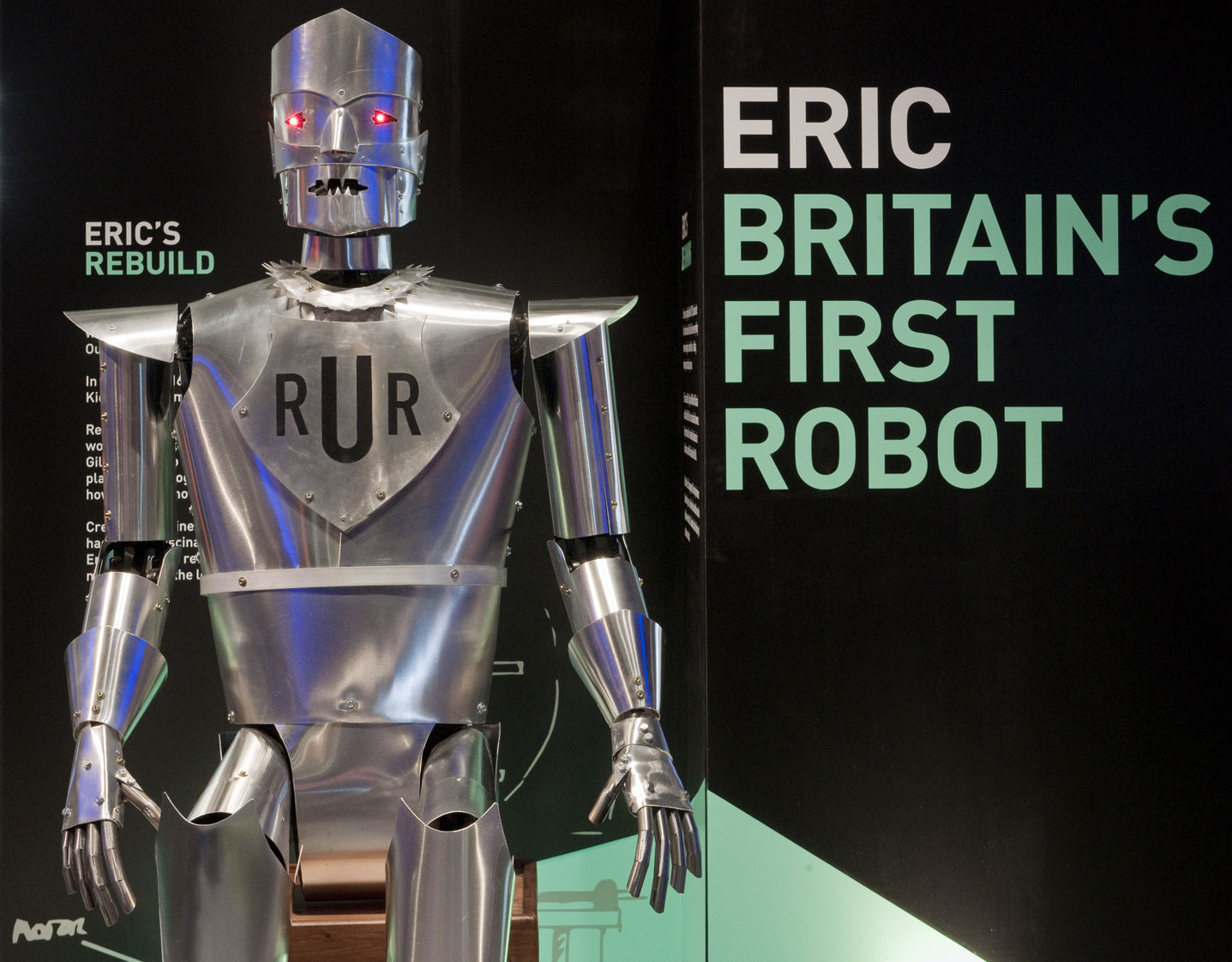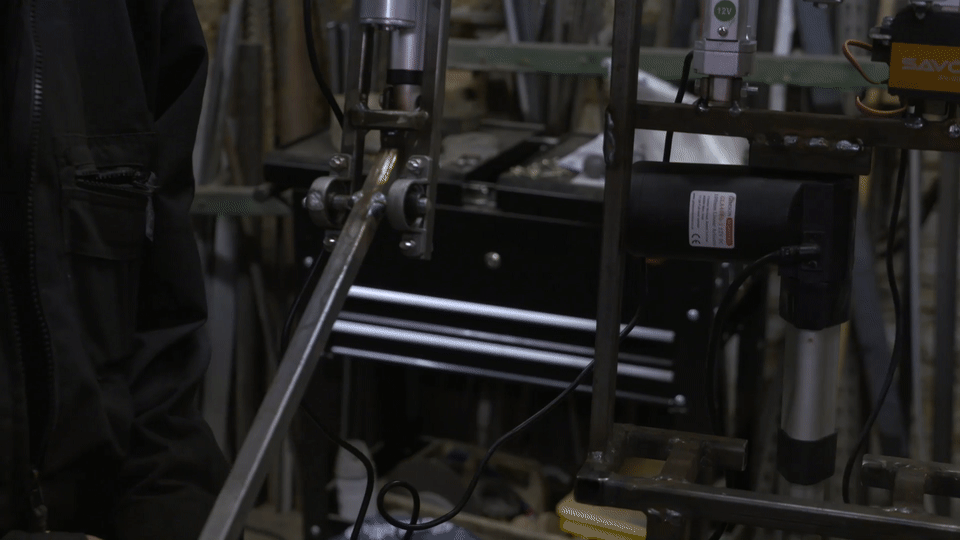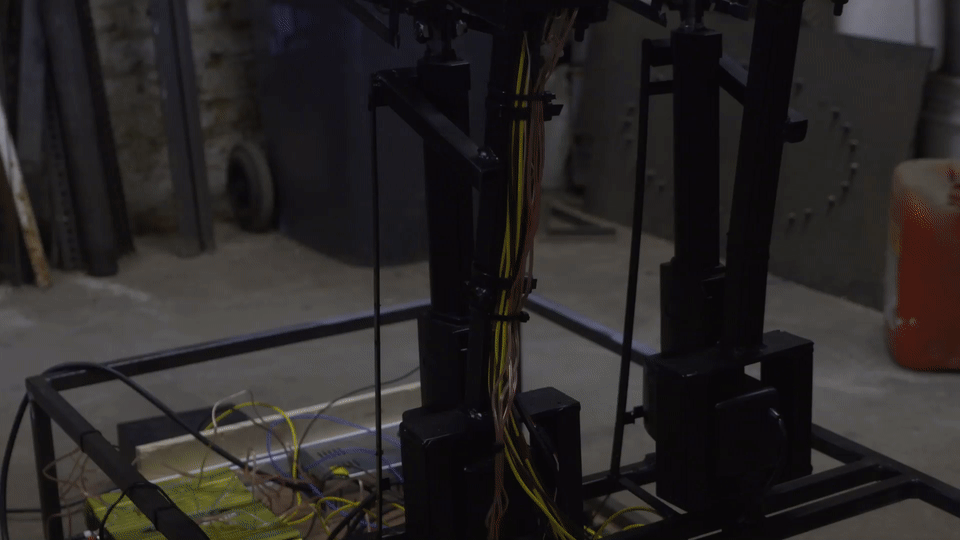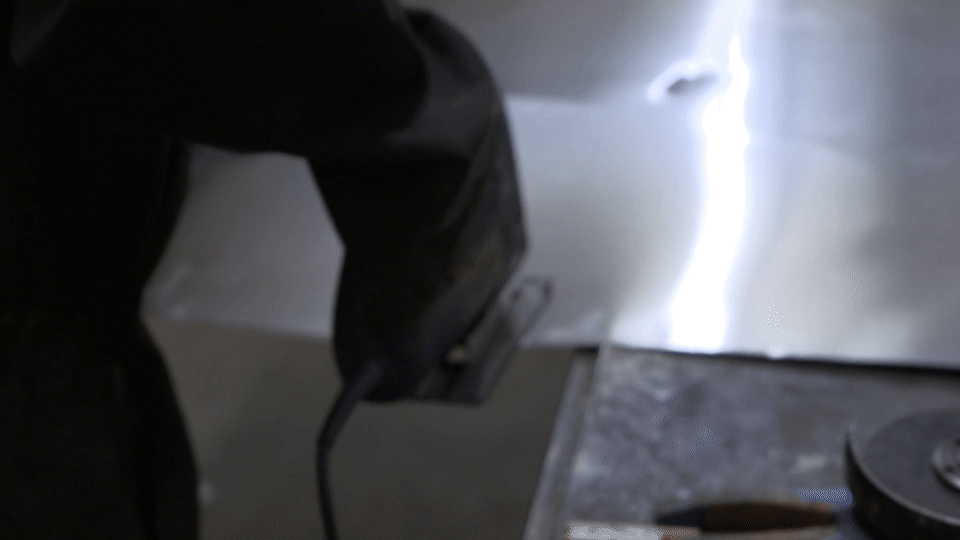Eric – a 2m tall working replica of one of the world’s first robots – is now on display in the Science Museum, thanks to the backers of our first Kickstarter campaign.

Eric has an incredible story. Built in 1928, he was one of the world’s first robots. Eric was everything we now imagine a robot to be – a talking, moving mechanical person. He wowed crowds across the globe, but then disappeared. No-one knows exactly what happened, but we think Eric may have been dismantled for spare parts (more about Eric’s story here).
I discovered Eric’s story while working on our 2017 blockbuster exhibition, Robots, which tells the 500 year story of humanoid robots.
My dream was to bring Eric back to life.
In summer 2016 we launched a crowdfunding campaign on Kickstarter to do just that. Artist and robot-builder Giles Walker agreed to build the new Eric and we were blown away by the global interest in Eric’s story. We raised over £50,000 thanks to the generosity of 861 wonderful backers.
Recreating Eric has been a piece of detective-work. Using a handful of newspaper cuttings, a short film of Eric and the archive of Eric’s original creators we pieced together how he looked and moved to bring Eric back to life.
Built over 5 months, our replica of Eric is a 2m tall steel and aluminium giant.
Giles’ first job was to build Eric’s steel skeleton and attach his arms. The new Eric has elbows, which help him move more freely.


Colourful wires were threaded through the frame, connecting Eric’s motors with the electronics that control him. Eric movements are pre-programmed, using software once used for theatre lighting. Eric’s actuators and motors enable him to bend at the hips and move his arms and head.
Eric’s insides and this digital system are a million miles from the pulleys and gears which controlled the original Eric.

Next, sparks flew as Eric’s aluminium skin was cut, shaped and attached to the frame. The process began by cutting each piece out of card first, checking it fit and then cutting the same shape out of aluminium.
Eric’s chest was the most challenging part of the process as each piece had to bend in two directions (around the chest and over the shoulders).

Once the aluminium skin was added, Giles made many tweaks to the timing of the motors and servos so Eric’s movements looked like the original. However we haven’t always kept to the 1928 design. The 35,000 Volts of electricity that made Eric’s teeth spark in the original have been replaced by (much safer) sound activated lights.
Eric was first built at a time when robots had just become part of popular culture. The word ‘robot’ was first used in R.U.R., a 1920 play by Czech writer Karel Čapek. R.U.R. stands for Rossumovi Univerzální Roboti (Rossum’s Universal Robots).
The final step in our build was to add the letters R.U.R. to Eric’s chest, just like the original.
Eric is on display in the Museum until 4 January 2017, and will be demonstrated three times a day at 12.15, 14.30 and 16.00 while on show at the Museum.
Now part of our permanent collection, Eric will also star in our Robots exhibition opening in February 2017 and he will once more travel the world as part of the exhibition’s international tour.
I’ll leave the final words to Eric himself…